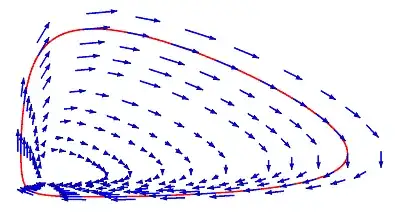I'll try to answer some of your questions, albeit out of order.
(1) "Why are definite integration defined using anti-derivatives?" This is because we have the Fundamental Theorem of Calculus. It is usually broken up into two parts for which in this context we would apply part II: (we have some conditions) and the definite integral can be evaluated as the difference of the antiderivative $F(x)$ at the endpoints. $$\int_a^b f(x)dx = F(b)-F(a).$$
This $F(x)$ may or may not be an elementary function. If you put $+C$ they will simply get cancelled out by the subtraction.
Definite integration is an analytic and geometric problem, whereas indefinite integration is an algebraic problem. The use of the $+C$ in $$\int2xdx = x^2 +C$$ communicates that we have a family of functions which could be the antiderivative---it is indefinite. Because when we differentiate the RHS, we get $2x$. Honestly, the $+C$ is overrated and often made fun of. Some teachers will even mark you wrong if you forget the $+C$ in the previous example, but this nonsense. In Integral Bees, such as the infamous MIT Integration Bee, they don't care about the $+C$ because any antiderivative will do to solve the integral (expressed as an elementary function).
The use of infinite sums to compute areas came before the FTC, and probably before the problem of indefinite integration, so there was no $+C$ around.
Finally, where is the $+C$ important? It is important when we have some type of initial conditions like in differential equations or integral equations.
